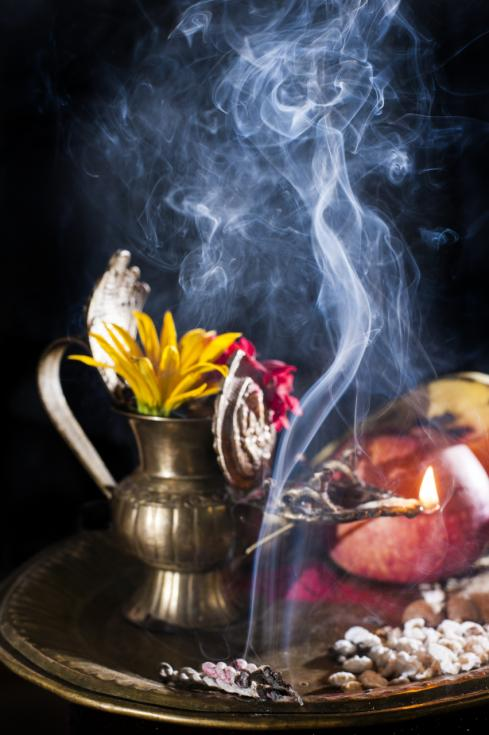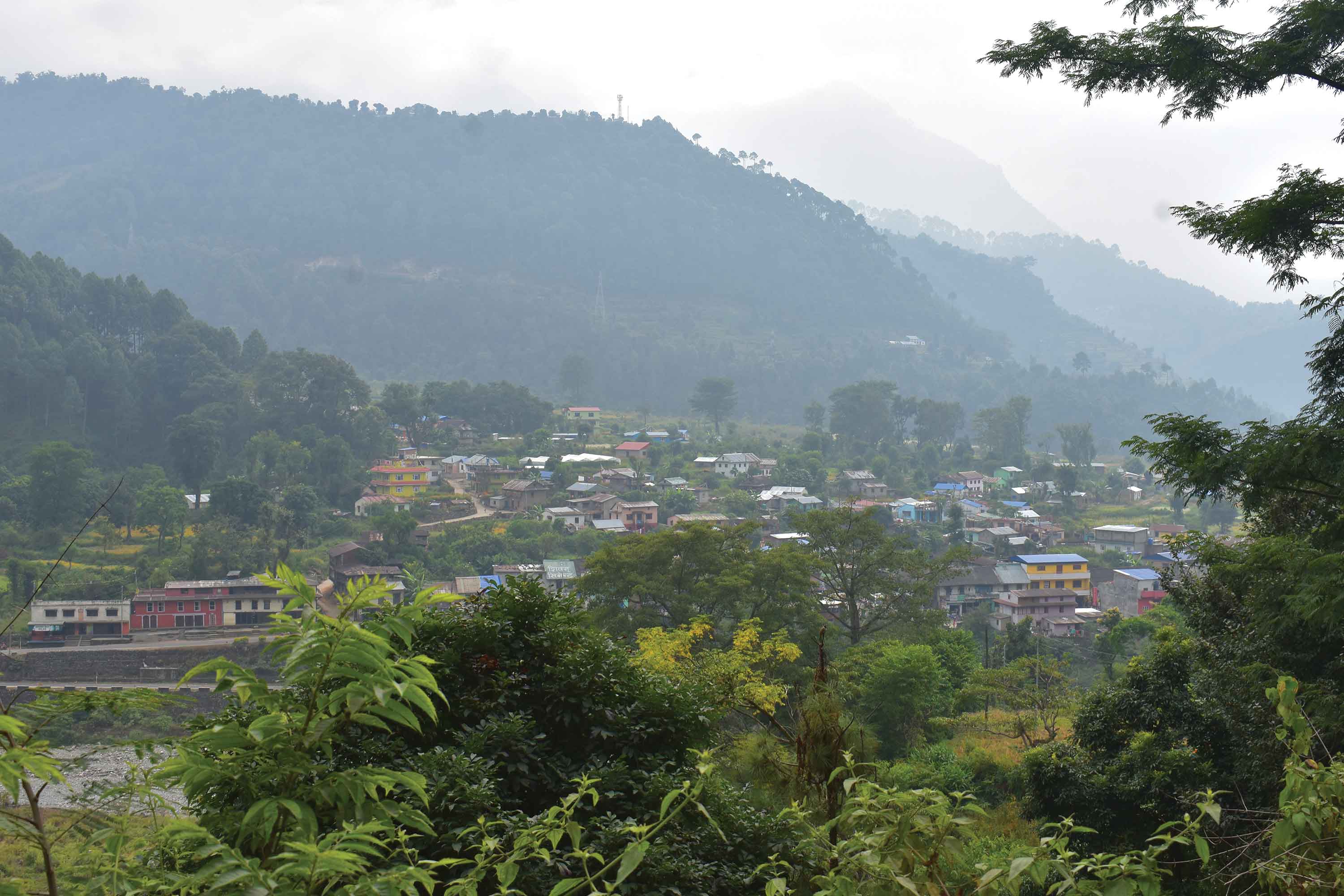Everyone seems to know and is able to articulate the fascinating story of how the Kathmandu valley was once a lake where the great and powerful serpents lived. Many of us are also able to take any visitor to the southern end of the valley where a clean cut gorge constantly drains the valley of water at Chobhar. At many temple complexes, pauwa or thanka shops and metal statue stores, just about everybody recognizes the popular and famous icon of Manjushree who is depicted holding up a flaming “sword of wisdom” above the head. From children to grandparents, the story of Manjushree and how he stood at the edge of the lake that we call the Kathmandu valley today.
One of the sources many people use to validate the story of the history of the Kathmandu valley is the Swayambhu Purana, according to which the Kathmandu valley was once a lake. Manjushree saw a lotus flower in the middle of the lake, decided to cut a gorge at Chobar to allow the lake to drain and the place where the lotus flower settled is the site of the Swayambhu stupa. The valley then became habitable. It is believed that the first human settlement in the Kathmandu valley was named Manjupattan.
 Daniel Wright who was in Nepal and published his “History of Nepal” book from Cambridge in 1877 during the prime Ministership of Jung Bahadur writes that in the tetra yuga (eon), Manjushree came from Mahachin (China) and rested on Mahamandap, a hill east of Bhaktapur for three nights and saw the “Swayambhu lights”. He decided he needed to approach the source of the light and hence drain the Nagdaha (lake of the spirited serpents) by cutting a gorge at Chobhar. “He placed his two goddesses, named Barda and Makshada on Phulocha and the other on Dhyanchha, placing himself in the middle. He then cut through the mountain which he called Kotwal. As the water escaped, several nags and other animals living in it went out, but he persuaded Karkotaka, king of nags to remain and on the Mesh Sankranti day, having pointed out to him a large tank to live in (Taudaha) , he gave the nag power over all the wealth of the valley.
Daniel Wright who was in Nepal and published his “History of Nepal” book from Cambridge in 1877 during the prime Ministership of Jung Bahadur writes that in the tetra yuga (eon), Manjushree came from Mahachin (China) and rested on Mahamandap, a hill east of Bhaktapur for three nights and saw the “Swayambhu lights”. He decided he needed to approach the source of the light and hence drain the Nagdaha (lake of the spirited serpents) by cutting a gorge at Chobhar. “He placed his two goddesses, named Barda and Makshada on Phulocha and the other on Dhyanchha, placing himself in the middle. He then cut through the mountain which he called Kotwal. As the water escaped, several nags and other animals living in it went out, but he persuaded Karkotaka, king of nags to remain and on the Mesh Sankranti day, having pointed out to him a large tank to live in (Taudaha) , he gave the nag power over all the wealth of the valley.
In many Buddhist shrines around south Asia, Manjushree personifies wisdom. The flaming sword is a symbol for insight. Manjushree is often associated with the tantra practice of Buddhism. According to Pandit Hem Raj Shakya in his book Sri Swayambhu Mahachaitya, Manjushree was learned in all the branches of the sciences and having observed, and being amazed to see the dazzling light of the self-born-one (Swayambhu) wanted to approach it. He then decided to drain the lake by removing the hill called Kaptala that formed the dam that held the water back in the Kathmandu valley.
What we know is that the Kathmandu valley was a lake. It was drained either by Manjushree or as some scientists believe by the rise of the Himalayas and its natural draining over time from the southern end of the valley. It is worth all the research and we need to learn more and in the mean time telling and retelling these stories will ensure that the future generation will remember.











